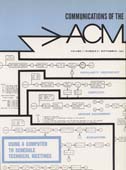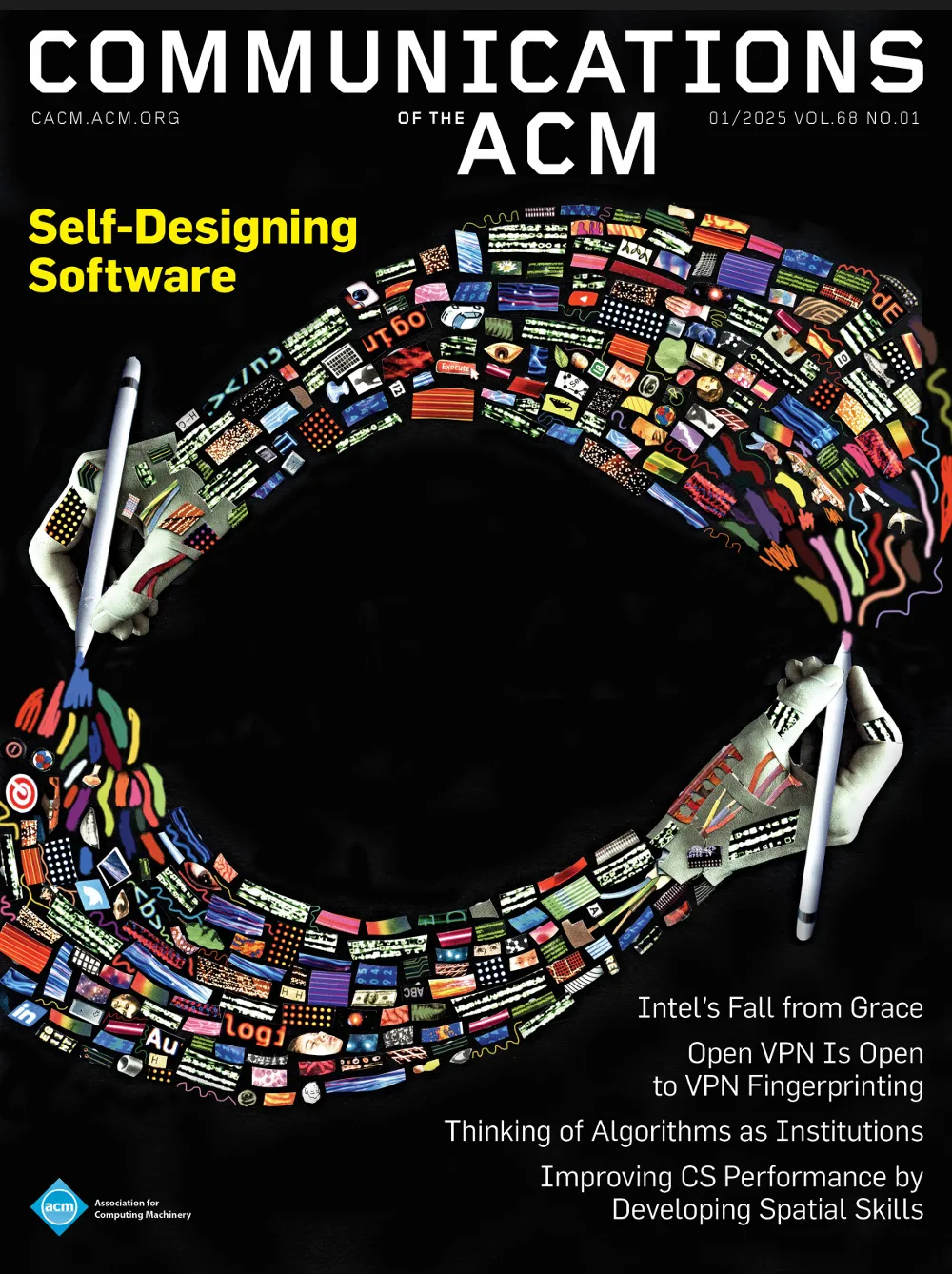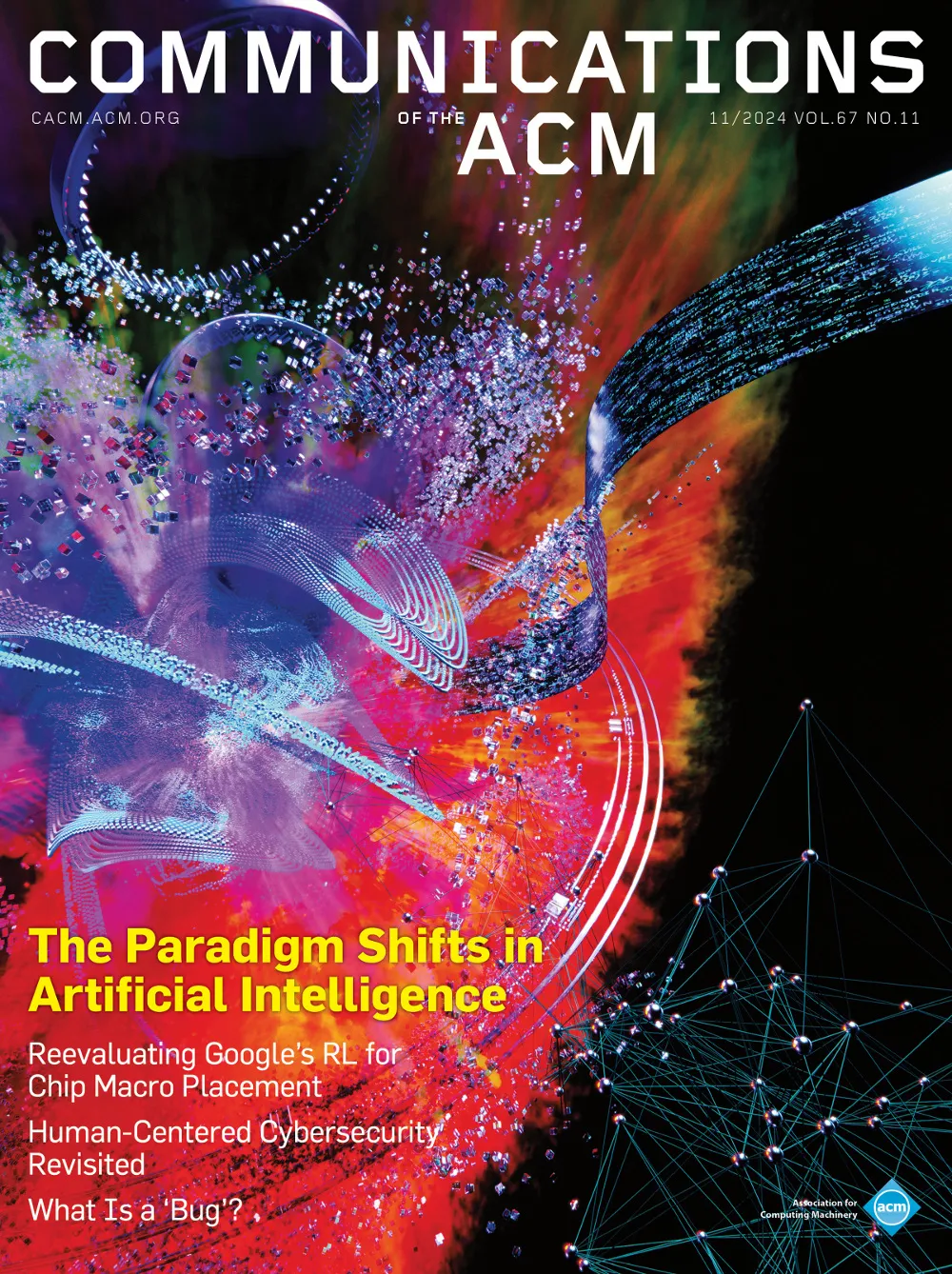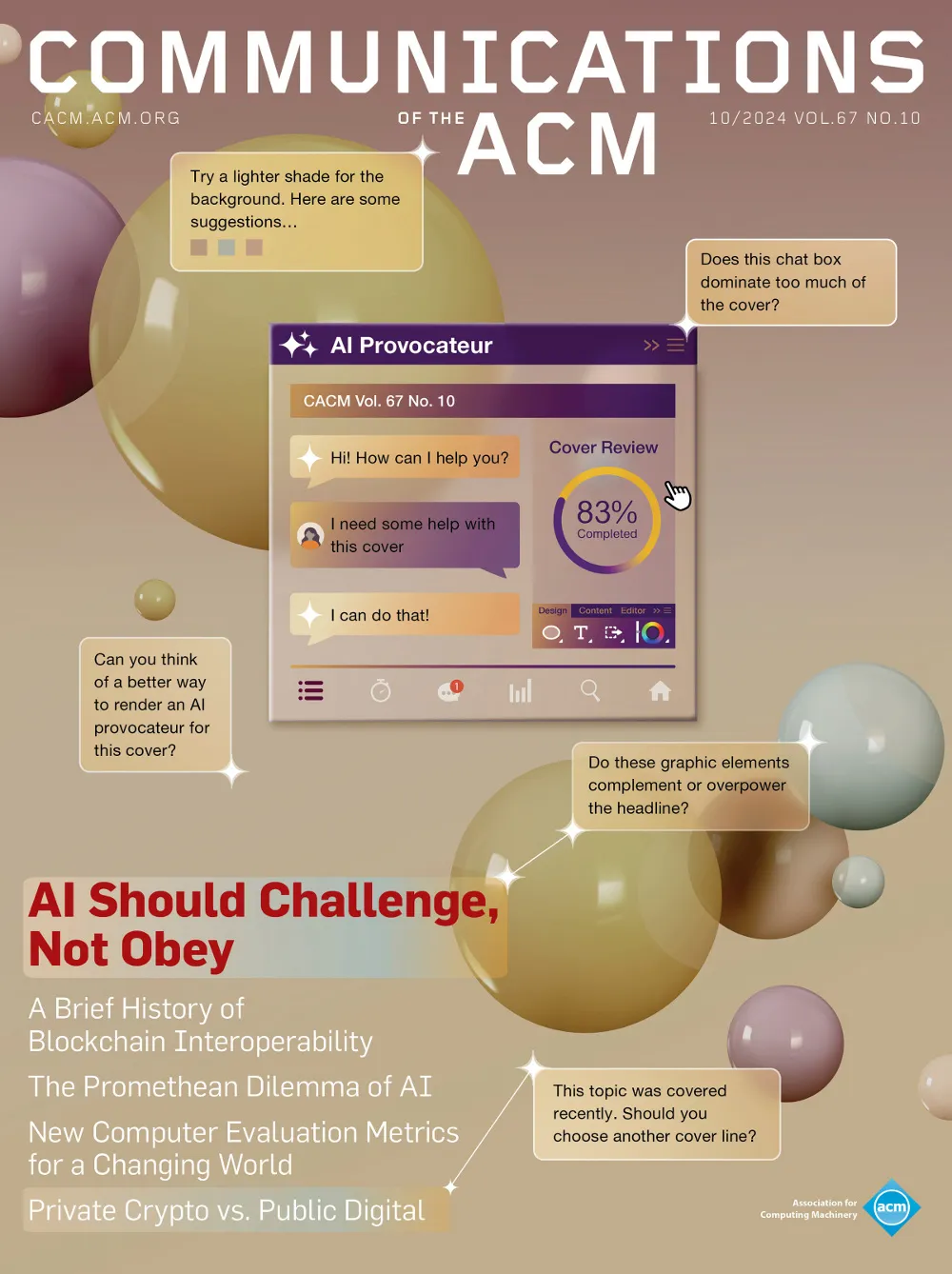A multiuser computation facility for education and research
Present-day computing facilities are limited in their value for scientific research by inability to interact strongly with users. The full power of a research computing instrument should be available at many terminals that give each user the ability to generate, correct and operate any procedure he wishes, either simple or complex.
Implementation is described for a small-scale multiuser computer system that permits several users to work independently with the machine, and to obtain satisfactory response using typewriter communication.




